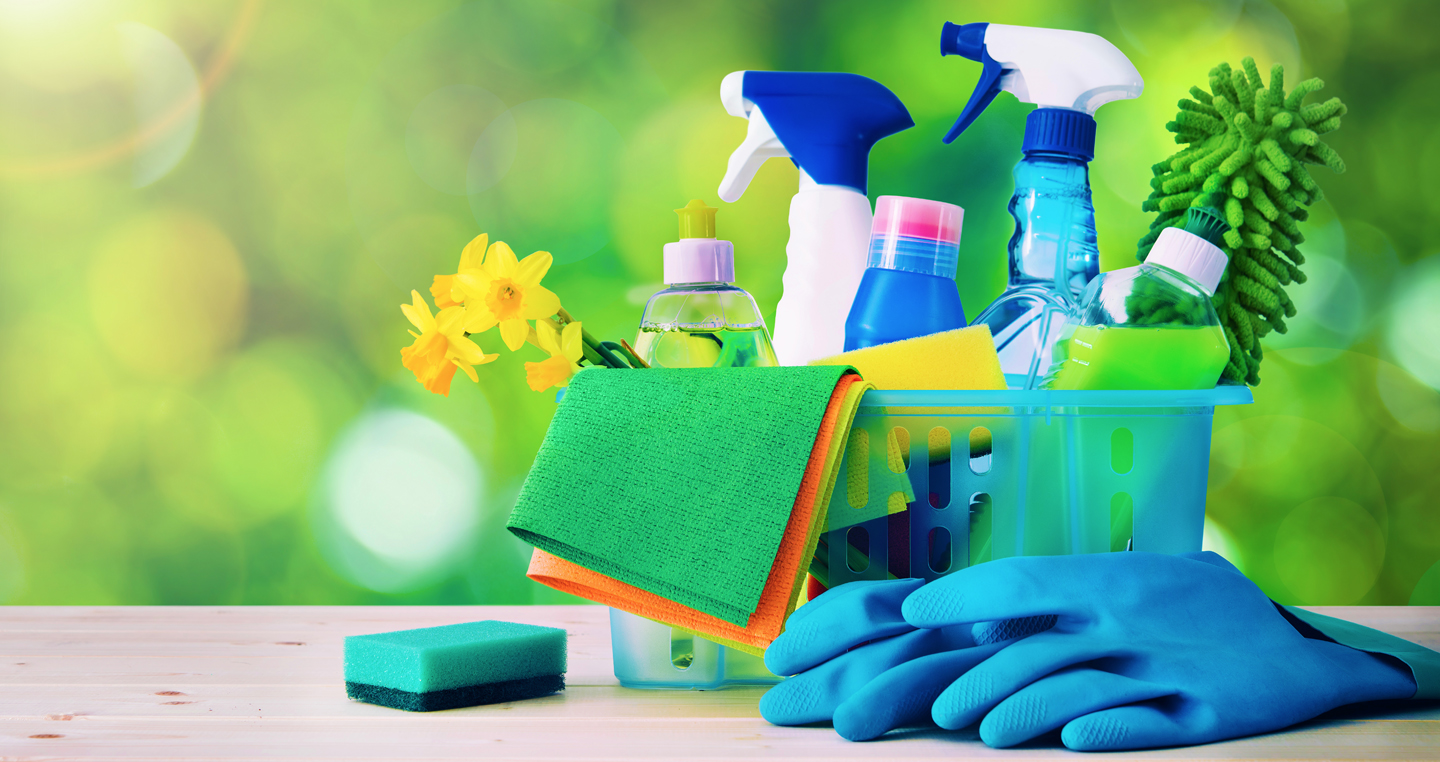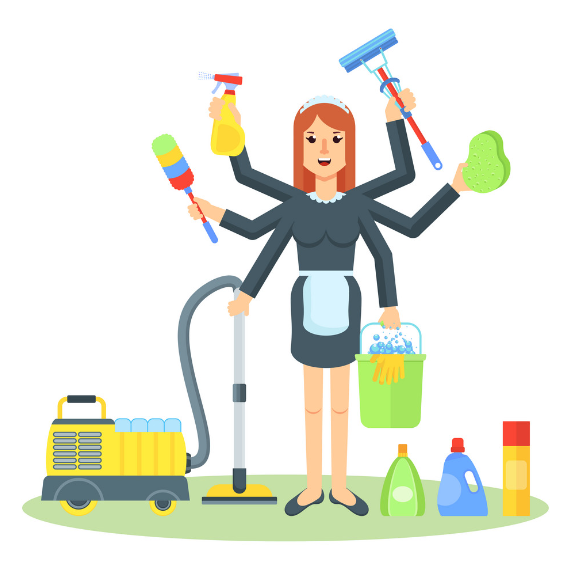The Best Tip to Everyday Cleaning: How to Scrub the Surfaces, Vacuum Carpets, and Clear Out Any Clutter
The Best Tip to Everyday Cleaning: How to Scrub the Surfaces, Vacuum Carpets, and Clear Out Any Clutter
Blog Article
Recognizing the Demand for Extensively Decontaminating and Disinfecting Often Touched Surface Areas in High-Traffic Areas
In the world of public health and wellness and security, the careful disinfection and sanitization of often touched surface areas in high-traffic areas stand as extremely important steps in protecting against the spread of damaging virus. By checking out the numerous elements of surface disinfection, from the dangers linked with overlooking cleansing methods to the effective methods that can be employed, a clearer understanding emerges of the important duty these practices play in protecting public wellness.
Importance of Surface Sanitation
Emphasizing the extensive sanitation of high-traffic surfaces is important in preserving a hygienic atmosphere and protecting against the spread of harmful pathogens. High-touch surface areas such as door handles, light buttons, lift switches, and kitchen counters offer as breeding premises for infections and germs. Routine disinfection of these surfaces is critical to lower the danger of contamination and transmission of diseases.
By executing a robust disinfection method, establishments and organizations can develop a much safer environment for workers, visitors, and consumers. Correct surface area disinfection not just alleviates the spread of infectious conditions but additionally imparts self-confidence in the tidiness and safety and security of the facilities. This aggressive method shows a commitment to health and wellness, which is particularly crucial in high-traffic locations where the chance of direct exposure to microorganisms is heightened.
Furthermore, surface sanitation plays a critical function in total infection control techniques. Integrated with hand health practices, wearing masks, and preserving physical distancing, thorough disinfection of high-touch surfaces develops an extensive defense versus the transmission of dangerous microbes. Focusing on surface disinfection is an important element of an all natural method to health and safety in shared rooms.
Dangers of Neglecting Cleansing Practices
Overlooking detailed sanitation of high-traffic surfaces dramatically enhances the danger of viral and bacterial contamination, presenting a major hazard to the health and wellness and safety of individuals often visiting these spaces. Failing to execute proper cleaning techniques can cause the buildup and spread of harmful virus, consisting of microorganisms and infections, on frequently touched surfaces such as doorknobs, hand rails, lift buttons, and countertops.

In addition, overlooking the importance of complete cleansing not only endangers the health of people yet additionally weakens efforts to preserve a hygienic and tidy setting. It is crucial to acknowledge the importance of proper disinfection protocols in preventing the spread of infections and guarding public wellness.
Efficient Disinfection Techniques
To preserve optimal tidiness and lower the risk of contamination on high-traffic surfaces, employing reliable sanitation techniques is essential. One of the most efficient and usual sanitation approaches is using chemical anti-bacterials. These items can vary in toughness and make-up, with some targeting specific microorganisms like germs or infections. It is crucial to follow the supplier's instructions for proper dilution, call time, and ventilation when using chemical disinfectants to guarantee their effectiveness - Vacuum Carpets.
An additional reliable method is the use of UV-C light. UV-C light has actually been shown to be efficient in killing a broad array of microorganisms by interrupting their DNA framework, hence stopping them from reproducing. Nonetheless, it is vital to use UV-C light appropriately, guaranteeing that over at this website the right strength and direct exposure time are put on achieve the desired disinfection outcomes.
Furthermore, employing vapor cleaning as a disinfection approach can be extremely efficient, particularly on surface areas that are heat-resistant. Steam can pass through porous surfaces and kill microorganisms, viruses, and various other microorganisms properly. When using vapor cleaning, it is necessary to make certain that the surface area gets to the required temperature level for an enough amount of time to ensure correct sanitation.
Effect On Public Health And Wellness
The upkeep of high criteria of tidiness and disinfection on high-traffic surfaces plays a crucial function in securing public health. Often touched surfaces in locations with high tramp, such as doorknobs, handrails, elevator buttons, and toilet centers, offer as breeding grounds for hazardous pathogens.
In high-traffic areas like flight terminals, colleges, health centers, and public transport systems, the effect of extensive disinfection steps can not be underrated. Prioritizing the sanitization of often touched surface areas is an aggressive approach to advertising public health and enhancing the safety of individuals in shared spaces.
Carrying Out Regular Cleansing Procedures
Without delay setting up and sticking to a constant timetable of cleansing methods is critical for maintaining the tidiness and security of high-traffic surfaces. Normal cleaning protocols are essential in preventing the build-up of germs and virus on often touched surfaces, especially in locations with high foot traffic. By implementing a systematic approach to cleansing, companies can efficiently lower the danger of illness transmission and produce a much healthier setting for staff members, consumers, and the general public.
To establish an efficient cleaning timetable, it is crucial to recognize high-traffic areas that call for constant interest. These locations might include doorknobs, hand rails, elevator switches, bathroom centers, and shared equipment. Executing a routine index cleaning program that targets these surfaces numerous times a day can considerably lower the spread of dangerous microorganisms and viruses.
In addition, using suitable cleaner and disinfectants is crucial to making certain that surface areas are extensively disinfected. Normal training of cleansing team on appropriate cleansing methods and the value of adherence to the cleaning routine is also important in maintaining a hygienic setting. By focusing on regular cleaning procedures, organizations can promote the wellness and health of people who communicate with these high-traffic surfaces.

Conclusion
In final thought, it is critical to focus on thorough sanitation and sanitization of frequently touched surfaces in high-traffic areas to avoid the spread of dangerous virus and keep public wellness. Disregarding correct cleansing methods can boost the danger of contamination and transmission of illness. By carrying out routine cleaning protocols pop over to this site and using effective sanitation techniques, we can develop a much safer atmosphere for everybody (Scrub the Surfaces). It is critical to identify the relevance of maintaining clean surface areas in high-traffic locations to guarantee the wellness of the community.
In the world of public health and wellness and safety, the careful disinfection and sanitization of regularly touched surfaces in high-traffic locations stand as critical actions in stopping the spread of harmful virus. By exploring the numerous facets of surface area sanitation, from the dangers linked with overlooking cleansing protocols to the efficient methods that can be utilized, a more clear understanding emerges of the crucial duty these practices play in guarding public health.Furthermore, using steam cleaning as a sanitation approach can be highly efficient, specifically on surfaces that are heat-resistant. When utilizing vapor cleansing, it is essential to make sure that the surface area reaches the required temperature level for an enough quantity of time to guarantee proper sanitation.
In conclusion, it is important to focus on thorough disinfection and sanitization of often touched surface areas in high-traffic locations to protect against the spread of hazardous microorganisms and preserve public wellness.
Report this page